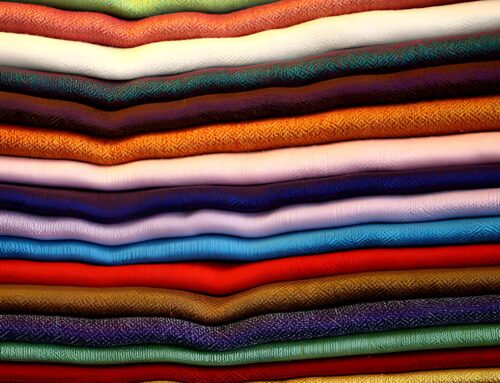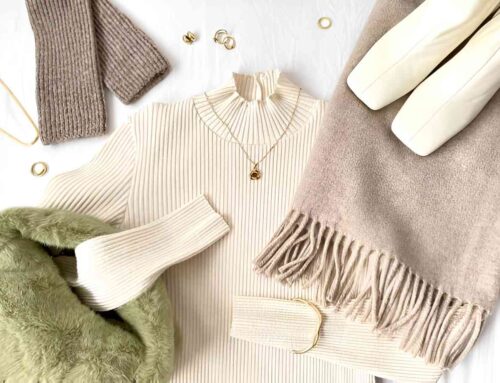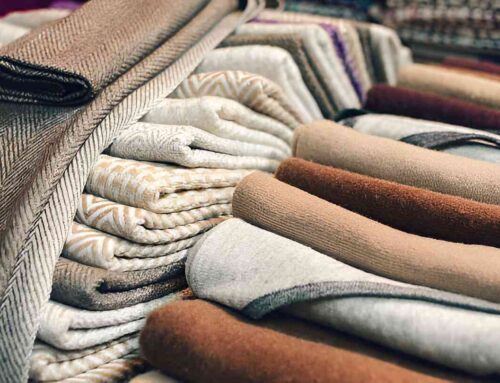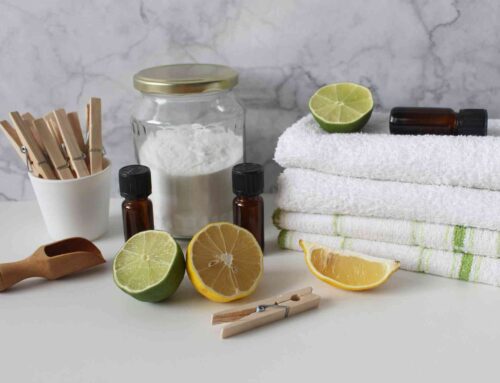Role of Traditional Handlooms in Pashmina Production: Preserving Craftsmanship in the Modern Era
In the bustling world of fashion and textiles, where technology seems to reign supreme, there exists a treasure trove of tradition and artistry that is far from being obsolete. The world of Pashmina, known for its luxurious warmth and delicate texture, owes much of its timeless beauty to the intricate craftsmanship preserved through the use of traditional handlooms. In this era of mechanization, the role of these handlooms in Pashmina production remains indispensable, acting as steadfast guardians of a heritage that seamlessly blends tradition with modernity. ️
The Essence of Pashmina: A Blend of Craftsmanship and Luxury
Pashmina, often referred to as the “soft gold” of India, Nepal, and Kashmir, is renowned for its unparalleled softness and exquisite warmth. Derived from the wool of the Himalayan mountain goat, Pashmina fibers are meticulously handwoven into shawls, scarves, and garments that have adorned royalty and connoisseurs for centuries. This unique fabric embodies the essence of traditional craftsmanship, where each piece tells a story of dedication and artistry.
Preserving Tradition: The Role of Traditional Handlooms
- Traditional Handlooms: A Living Legacy
- Artistry and Precision in Weaving
- Connecting Generations Through Craft
Central to the process of Pashmina production are the traditional handlooms that have been passed down through generations. These handlooms are not mere tools; they are vessels of history and culture. The rhythmic clatter of the loom is a testament to the artisans’ commitment to preserving their heritage and upholding the authenticity of Pashmina textiles.
The artistry involved in weaving Pashmina is a delicate dance of threads. Each strand is carefully interwoven with precision, creating intricate patterns that showcase the skill of the artisan. The handloom allows for minute adjustments, enabling the weaver to bring out the best qualities of the Pashmina fibers. This level of control is unparalleled in mechanized processes and contributes to the superior quality that defines Pashmina.
Beyond the technical aspects, traditional handlooms bridge the gap between generations. They serve as a conduit through which the wisdom of experienced artisans is transferred to eager learners. This intergenerational exchange fosters a sense of community and pride, ensuring that the legacy of Pashmina craftsmanship remains unbroken.
Crafting Modernity: Tradition Meets Innovation
- Innovations in Handloom Technology
- Sustainable Luxury: Handlooms vs. Machines
- Aesthetic Appeal of Handloom Pashmina
The modern era has witnessed remarkable innovations even within the realm of traditional handlooms. Advancements in technology have introduced ergonomic designs, improved efficiency, and enhanced the overall weaving process. These innovations empower artisans to create intricate designs with greater ease, without compromising the authenticity of the final product.
A pivotal point of consideration is the sustainability aspect. While machines might offer expedited production, the environmental impact and loss of authenticity cannot be overlooked. Handlooms, on the other hand, utilize minimal energy, produce less waste, and enable the use of natural dyes, thereby aligning with the principles of sustainable fashion.
The aesthetic allure of handloom Pashmina is undeniable. The subtle imperfections woven into each piece add character, a reminder of the human touch that sets it apart from mass-produced textiles. The uniqueness of handloom Pashmina lies not just in its physical attributes, but also in the stories woven into its fabric.
Challenges and Triumphs: Upholding Tradition in the Modern Era
- Economic Pressures and Mass Production
- Artisan Empowerment and Fair Trade
- Educating the Modern Consumer
In the face of globalization and mass production, traditional handlooms have encountered challenges that threaten their survival. Economic pressures often lead artisans to compromise their craft in pursuit of faster production and reduced costs. This jeopardizes not only the quality of Pashmina textiles but also the livelihoods of skilled artisans.
However, the resilience of the artisans and the growing awareness of the significance of heritage textiles have sparked a resurgence of interest in traditional handloom Pashmina. Fair trade practices and ethical fashion movements have shed light on the importance of valuing the craftsmanship behind each piece.
Educating the modern consumer is a pivotal step in this journey. By understanding the intricacies of traditional handloom Pashmina production, consumers can make informed choices and contribute to the preservation of this invaluable craft.
The Path Forward: Weaving Dreams, One Thread at a Time
- Collaboration of Tradition and Innovation
- Celebrating Handloom Heritage
- Securing the Future of Pashmina Handlooms
As we navigate the crossroads of tradition and modernity, it is evident that the path forward lies in a harmonious collaboration between tradition and innovation. Embracing technological advancements while safeguarding the essence of traditional handlooms will ensure the legacy of Pashmina craftsmanship lives on.
Celebrating handloom heritage involves not just adorning ourselves with these exquisite creations, but also sharing the stories behind them. Every piece of handloom Pashmina is a masterpiece, encapsulating the dedication and artistry of the weavers.
To secure the future of Pashmina handlooms, a collective effort is essential. Governments, fashion industry stakeholders, and consumers alike must recognize the value of preserving this heritage. By supporting artisan communities, advocating for fair trade, and choosing handloom Pashmina, we contribute to a sustainable future where tradition and modernity coexist harmoniously.
In conclusion, the role of traditional handlooms in Pashmina production is far from outdated. Instead, it serves as a beacon of craftsmanship that navigates the complexities of the modern era. By embracing the artistry woven into each thread, we not only enhance our wardrobes but also become guardians of a legacy that encapsulates the beauty of tradition in a rapidly evolving world.






